Optometry > QUESTIONS & ANSWERS > NCLE exam prep Questions and Answers with Complete Solutions (All)
NCLE exam prep Questions and Answers with Complete Solutions
Document Content and Description Below
NCLE exam prep optic zone - - - the central portion of a contact lens which contains the refractive power and generally corresponds to the central corneal cap posterior apecal radius - - - this ter... m is generally used in reference to spin-cast soft lenses. the curvature of the posterior surface of the lens changes with the refractive power. the radius of curvature is measured at the apex of the posterior surface. steeper base curve - - - occurs when the posterior radius of curvature is decreased (i.e. 8.4 to 8.1 mm) flatter base curve - - - occurs when the posterior radius of curvature is increased (i.e.8.1 to 8.4 mm) bicurve lens - - - a contact lens which contains two curves: one base curve and one secondary curve. it is usually small 7.5 to 8.8 mm on diameter, relatively steep and made with narrow peripheral curves about 0.2 mm. lenses are usually intrapalpebral lenses, designed to fit within the palpebral fissure limits. tricurve lens - - - a contact lens which contains three curves: a base curve, an outer peripheral posterior curve (PPC), and an intermediate posterior curve (IPC). lenses are generally larger, 9.5 mm or greater. multicurve lens - - - contains a base curve and three or more peripheral curves. usually a larger lens. junctional zone - - - the junction of two curves blending - - - the smoothing of a junctional zone by removing the sharp line between the zones lens diameter or chord diameter - - - the width of a lens or the measurement from one edge of the lens to the opposite edge curve widths - - - the width of the CPC, PPC, or IPC central thickness - - - separation between the anterior and posterior surface at the geometric center of the lens. minus lenses are thinner, plus lenses are thicker ballasted lens - - - lens with a heavier base which becomes oriented inferiorly or downward when the lens is worn prism ballated lens - - - a ballasted lens which utilizes a prism wedge designed to weight the lens truncated lens - - - a lens which has been cut off, usually 0.5-1.5 mm along its lower edge, to form a horizontal base. double ________ along the top and bottom portion of the lens is sometimes done to help improve stabilization back surface power - - - effective power of a lens when measured from the back surface wetting angle - - - the angle that the edge of a bead of water makes with the surface of the plastic, the smaller the angle the greater the wetting ability toric lenses or toroid lenses - - - lenses with different radii of curvature in each meridian which are used to correct astigmatism principal meridians - - - the meridians of shortest and longest radii which differ by 90 degrees front surface toric lens - - - a lens in which the anterior surface has two different radii and the posterior surface is spherical back surface toric lens - - - a lens in which the posterior surface has two different radii and the anterior surface is spherical bitoric lens - - - a lens in which both the posterior and anterior surfaces contain two different radii lenticular bowl - - - a lens design generally used in higher plus power which consists of a central optic zone and a surrounding non-optic peripheral or "carrier" portion spin-cast soft lens - - - a mentioned of manufacturing soft contact lenses whereby a liquid material is revolved in a mold at a controlled speed and temperature which produces the desired curvature, design, and power acuity - - - clearness; visual ________ is measured by the smallest object that can be seen at a certain distance adnexa oculi - - - accessory structures of the eye, such as the lacrimal appatatus and the eyelids albinism - - - heredetary loss of pigment in the eye, skin, hair, usually associated with lowered visual acuity, nystagmus and light sensitivity amblyopia - - - loss of vision without any apparent disease of the eye ametropia - - - a refractive error in which the eye, when in a state of rest, does not focus the image of an object upon the retina; includes hyperopia, myopia, and astigmatism. see also refractive error aniridia - - - congenital absence of the iris aniseikonia - - - a condition in which the ocular image of an object as seen by one eye differs so much in size or shape from that seen by the other eye that the two images cannot be focused into a single impression aniscoria - - - inequality of the pupils in diameter anomaly - - - departure from the normal anophthalmia - - - absence of a true eyeball anterior chamber - - - space in front of the eye, bounded in front by the cornea and behind by the iris; filled with aqueous humor antibody - - - a specific substance produced by the body in the presence of an antigen antigen - - - any substance that acts against the action of histamine antihistamine - - - a substance that acts against the action of histamine aphakia - - - absence of the crystalline lens of the eye aqueous humor - - - clear, watery fluid that fills the anterior and posterior chambers within the front part of the eye arcus senilus - - - grayish white ring in the periphery of the cornea asthenopia - - - eye fatigue caused by tiring of the internal and/or external muscles astigmatism - - - a refractive error that prevents the light rays from coming to a single focus on the retina because of different degrees of refraction in the various meridians of the eye against the rule astigmatism - - - condition in which the steepest corneal meridian is in the horizontal plane. an example of keratometer readings for a patient exhibiting_______________ would be: K's 45.00 @ 180/042.00 @ 90 lenticular astigmatism - - - astigmatism that is found in the crystallilne lens oblique astigmatism - - - regular astigmatism in which the principal meridians are other than 90 and 180 residual astigmatism - - - astigmatism remaining after the corneal astigmatism has been neutralized with the rule astigmatism - - - condition in which the steepest corneal meridian is in the vertical plane. as example of keratometer readings for a patient exhibiting with the rule astigmatism would be: k's 42.00 @ 180/45.00 @90 atrophy - - - wasting or decreasing of a tissue due to faulty nutrition or loss of nerve supply hydrogel - - - soft contact lenses are also kno [Show More]
Last updated: 1 year ago
Preview 1 out of 55 pages
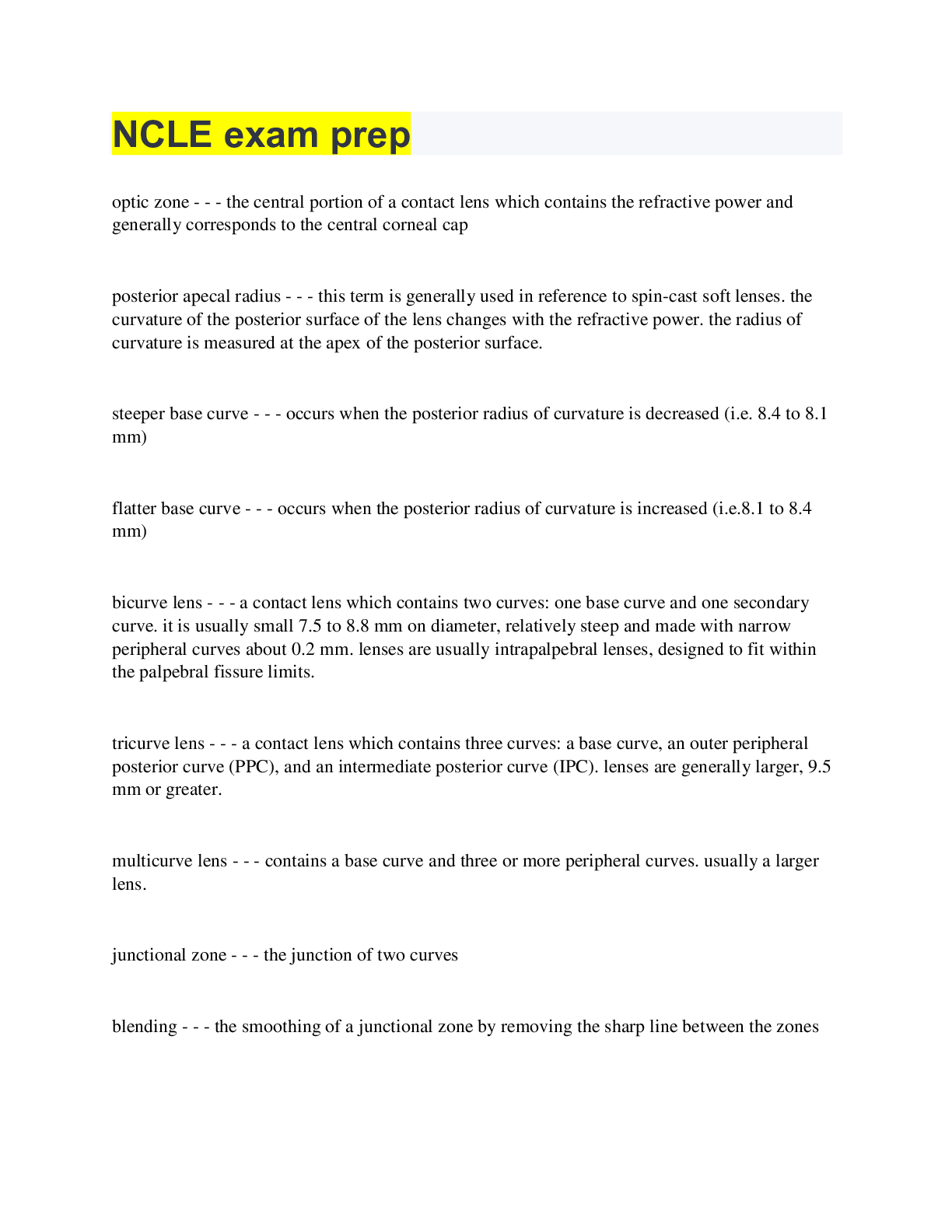
Reviews( 0 )
Document information
Connected school, study & course
About the document
Uploaded On
Jul 08, 2022
Number of pages
55
Written in
Additional information
This document has been written for:
Uploaded
Jul 08, 2022
Downloads
0
Views
130

.png)
.png)
.png)
.png)
.png)
.png)
.png)
.png)
.png)
.png)
.png)

.png)
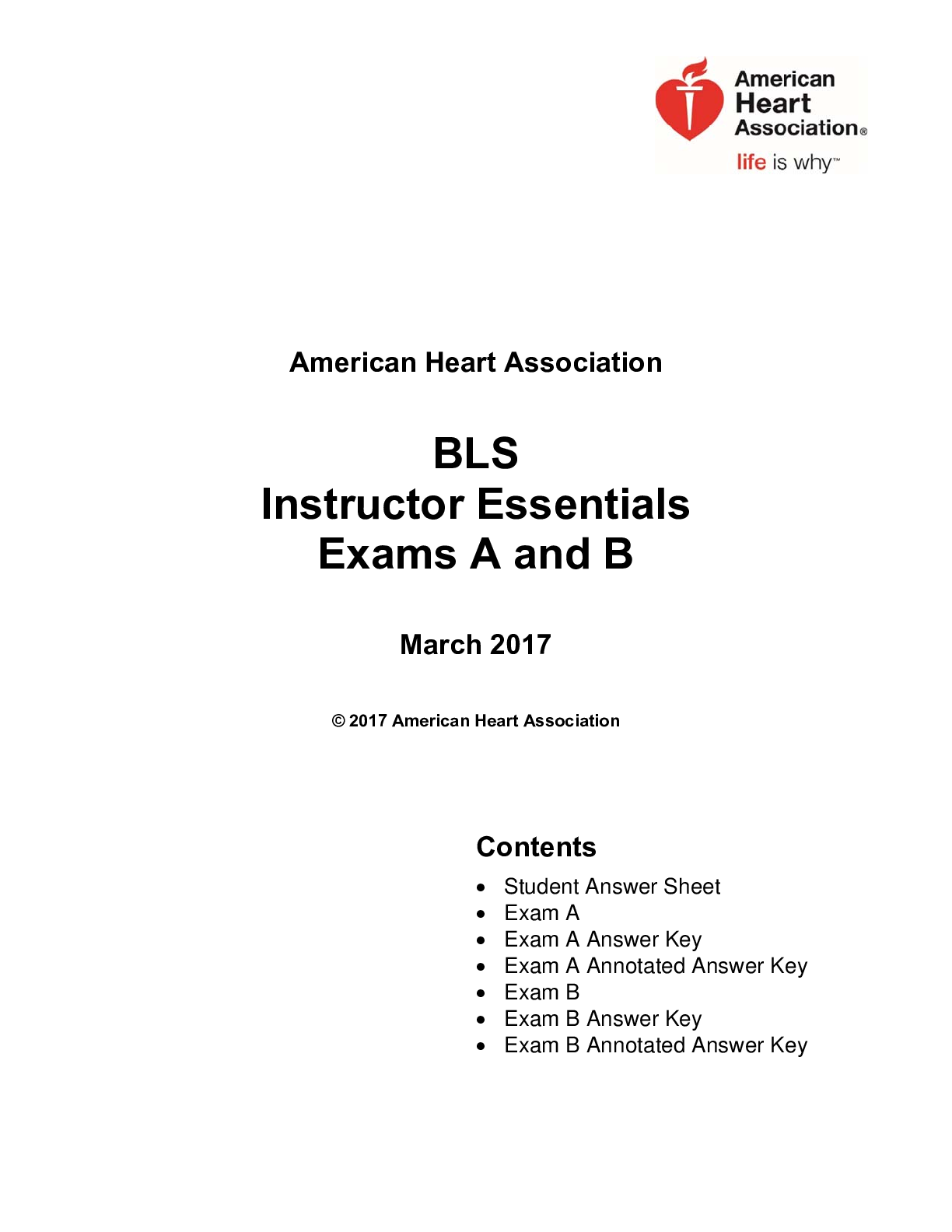
.png)
.png)
.png)
.png)

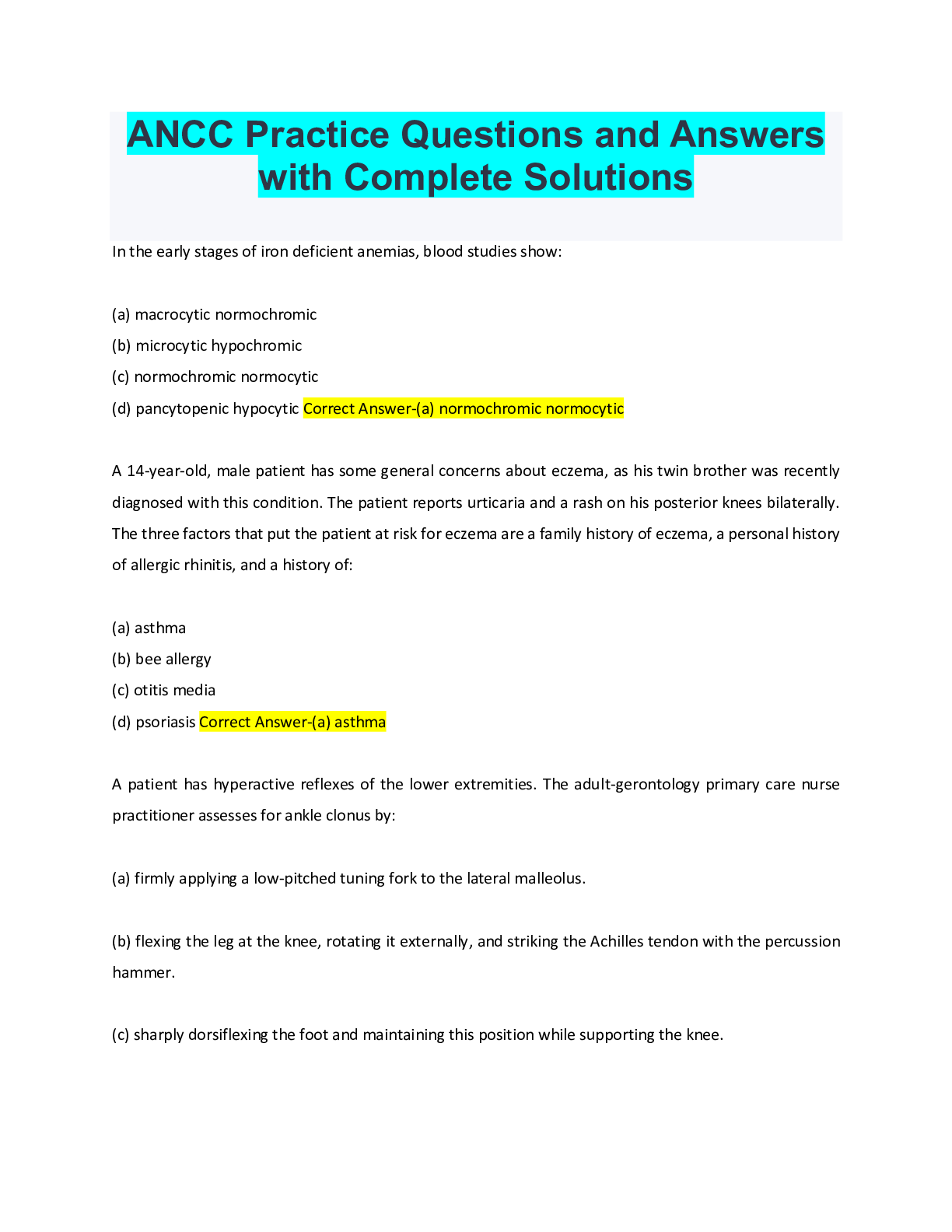
.png)
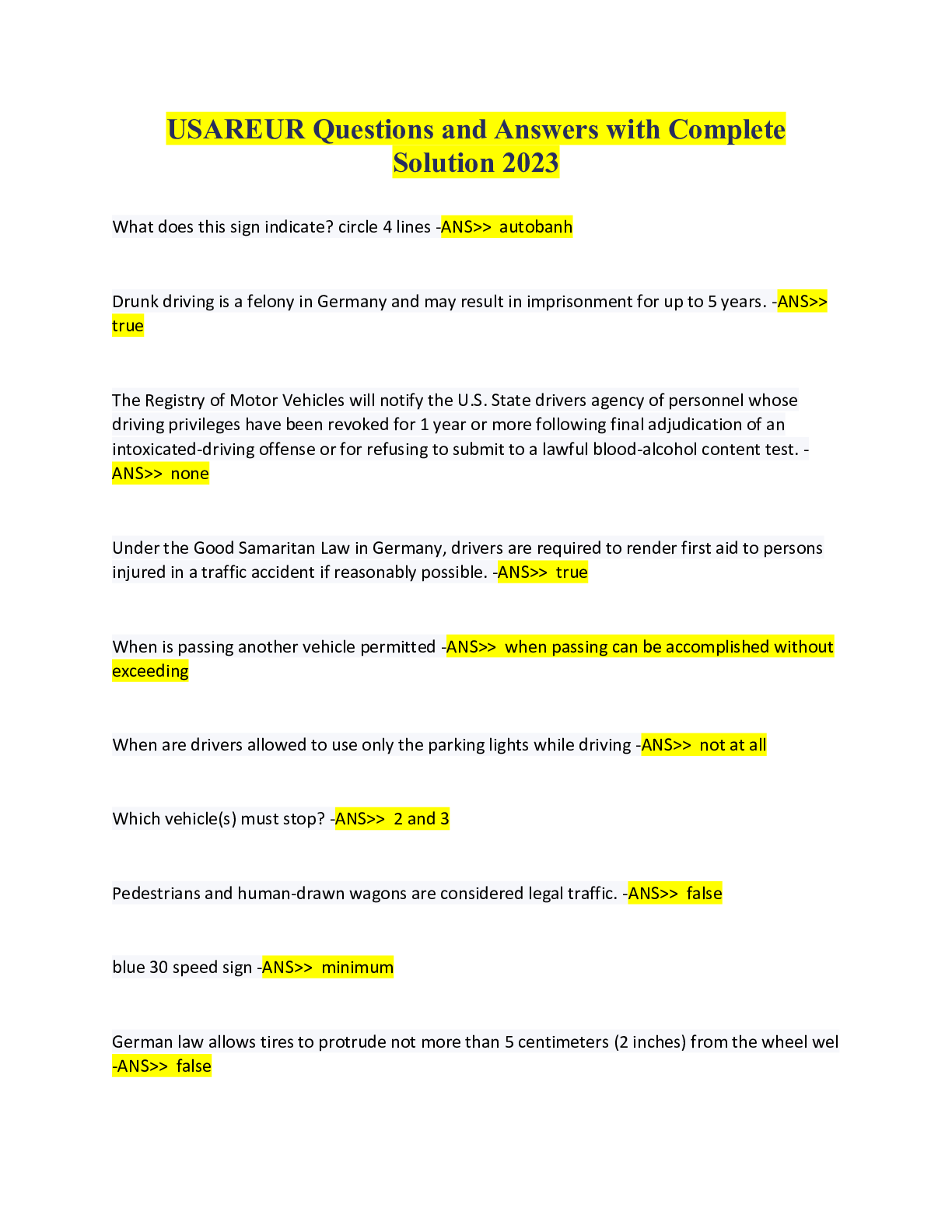


 A+ Guide.png)
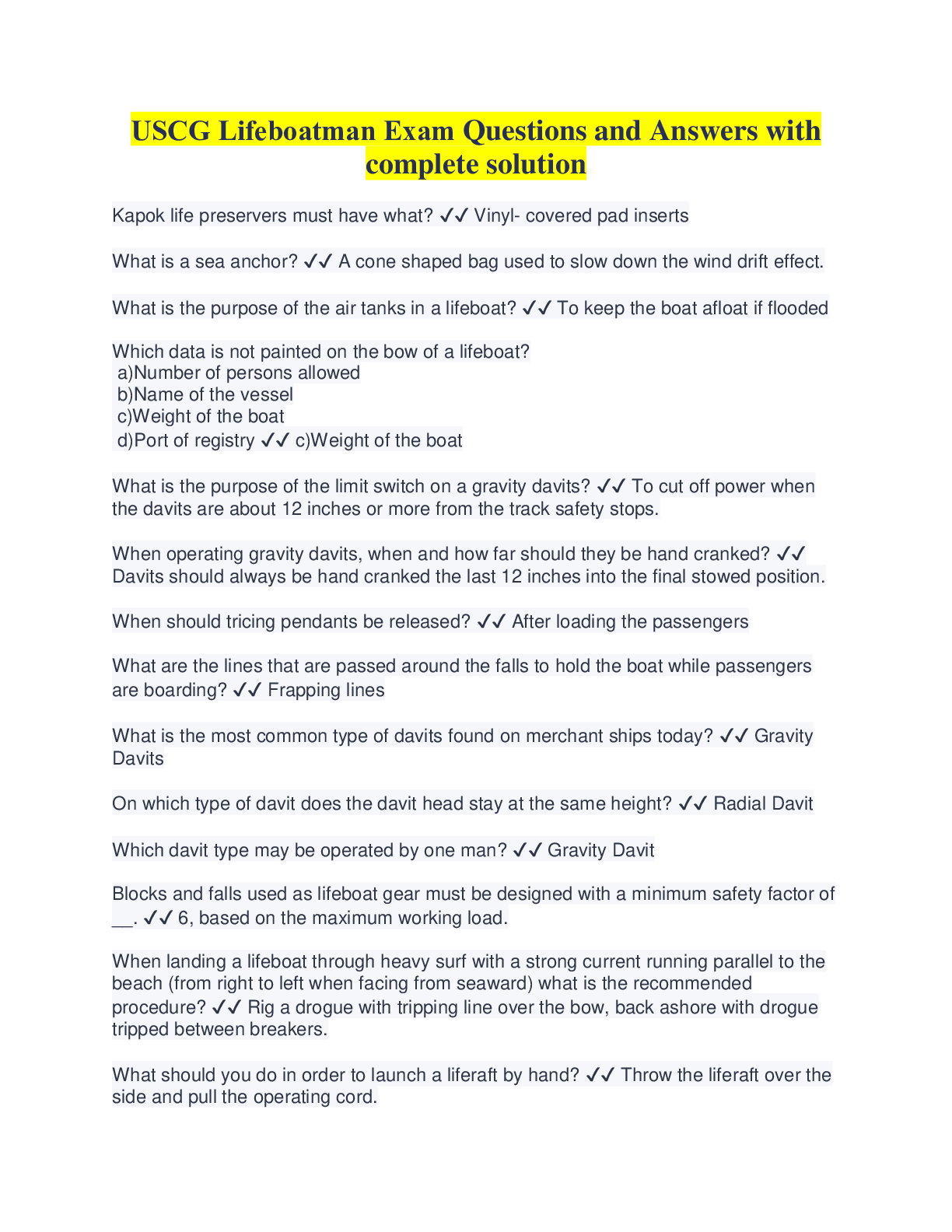
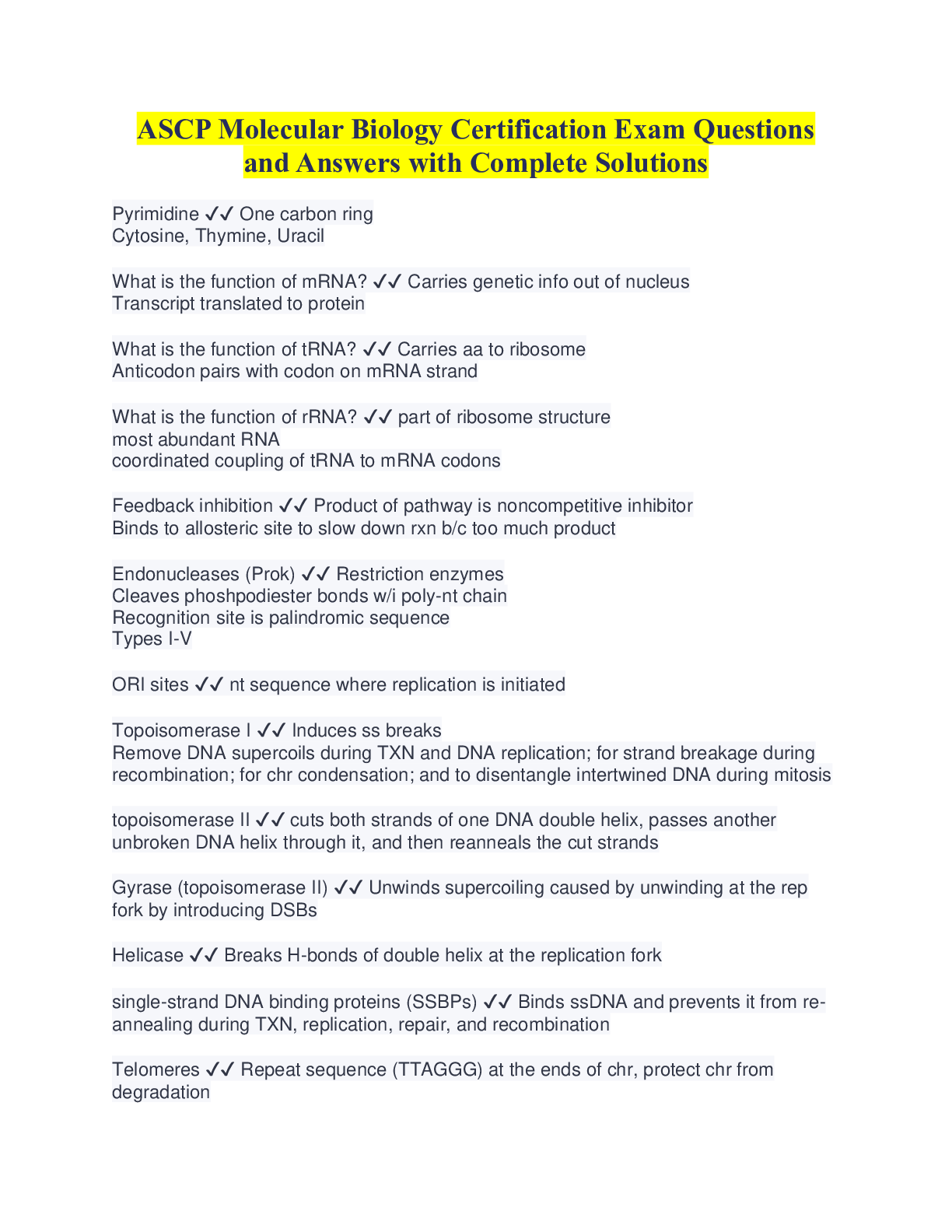
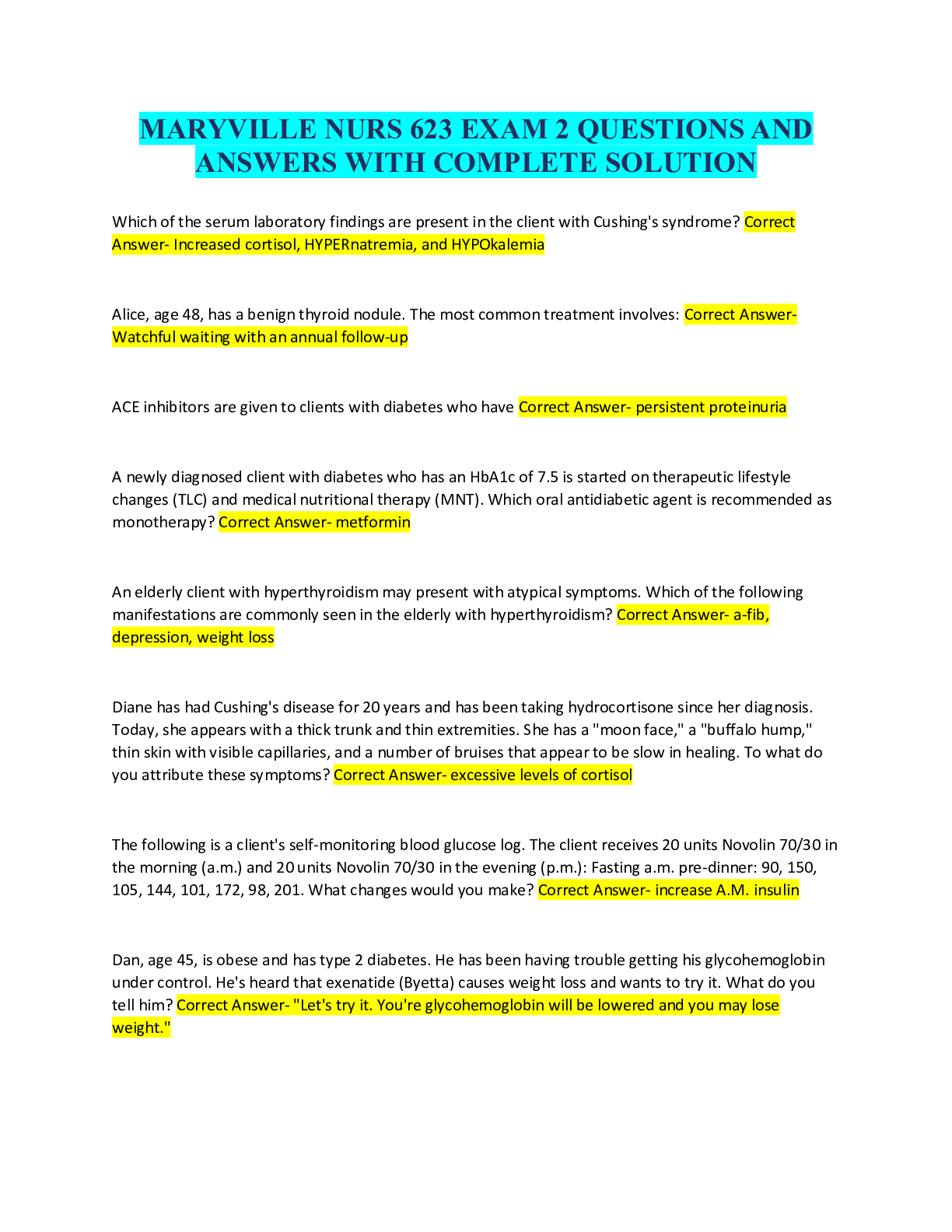
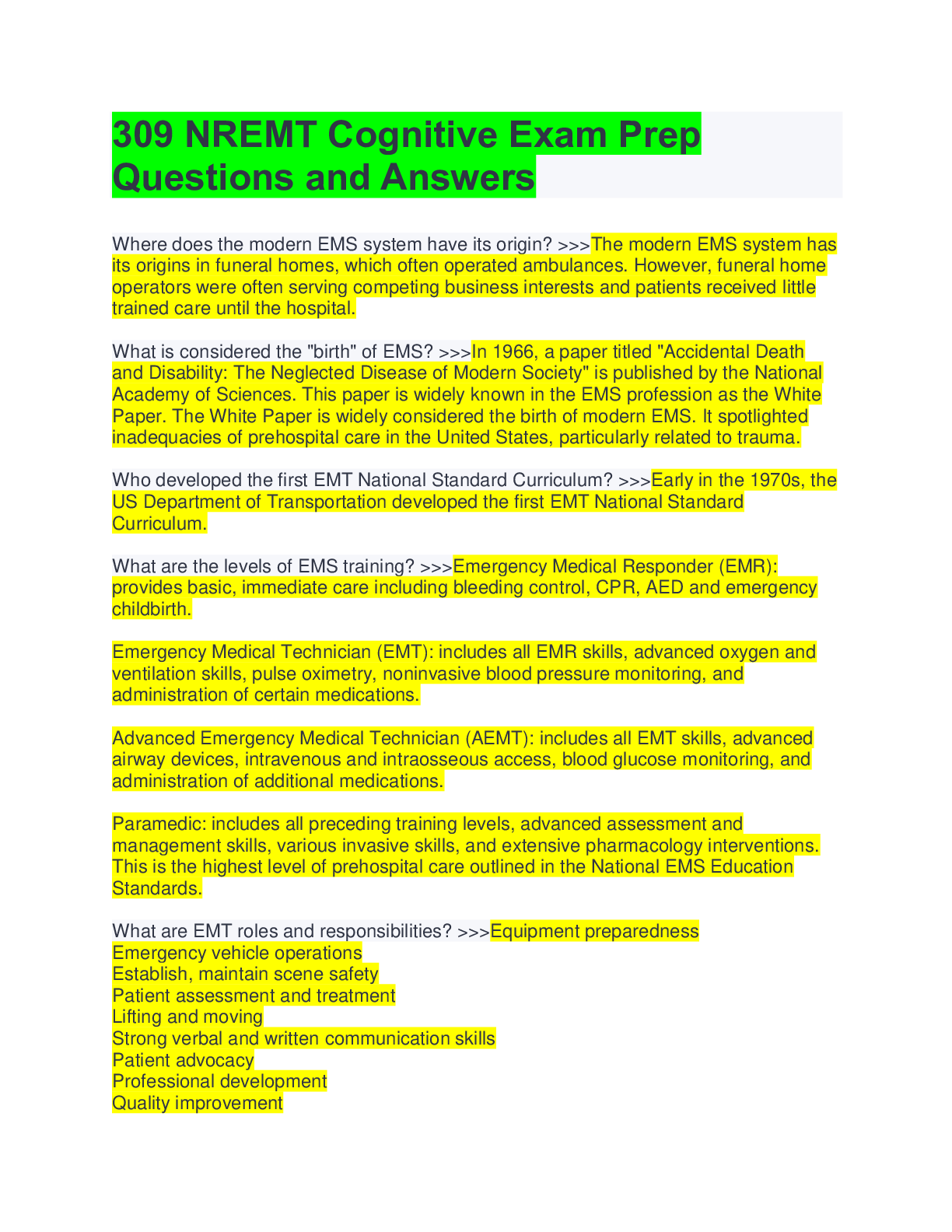
.png)
.png)
.png)
.png)
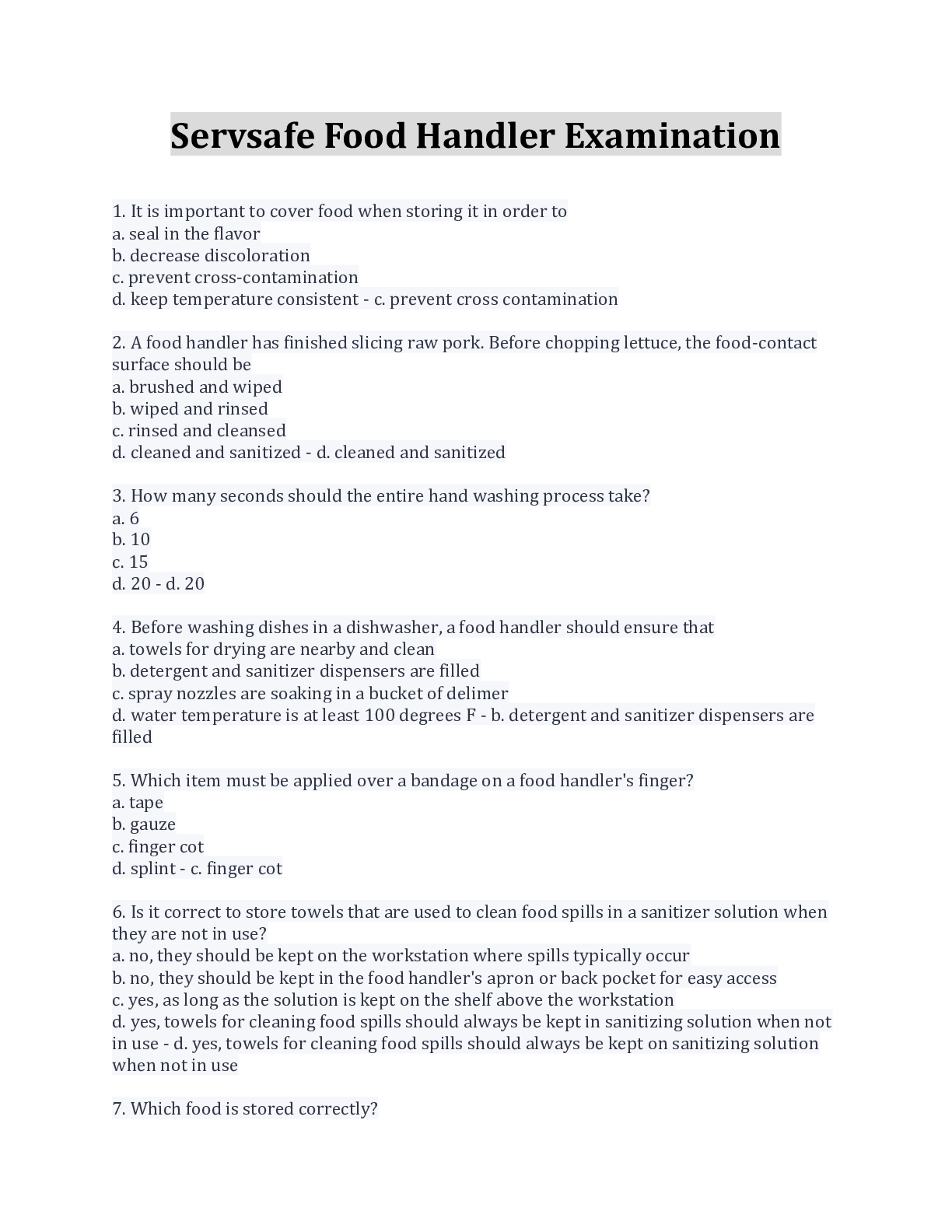
.png)
.png)

